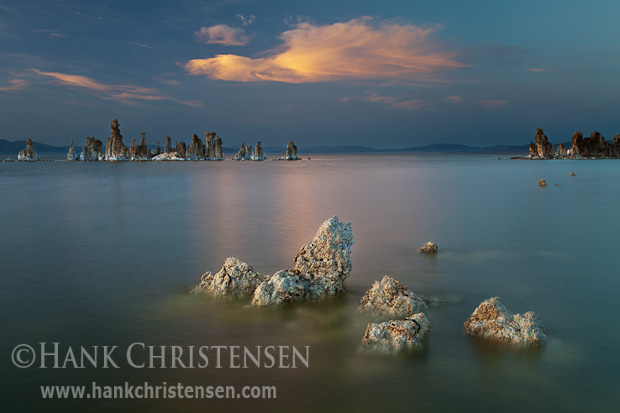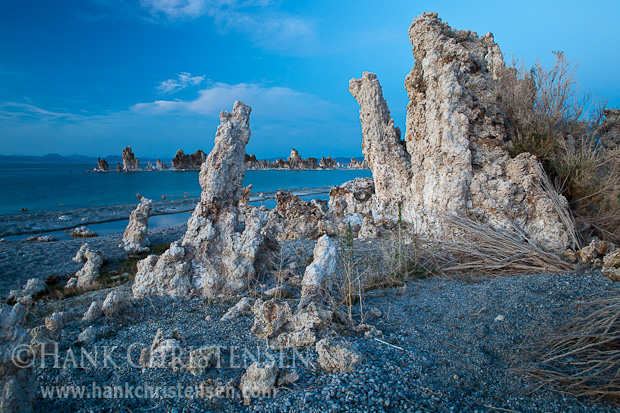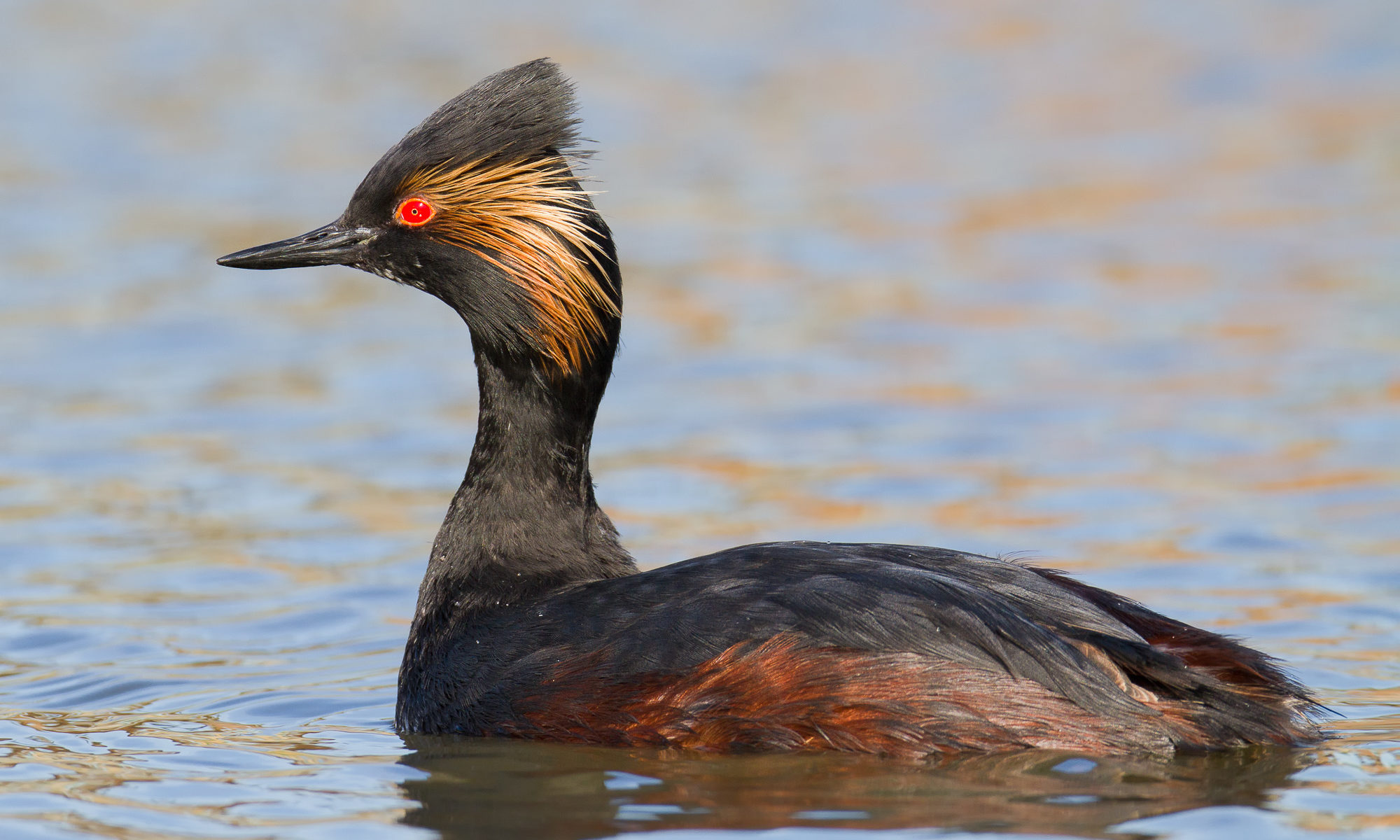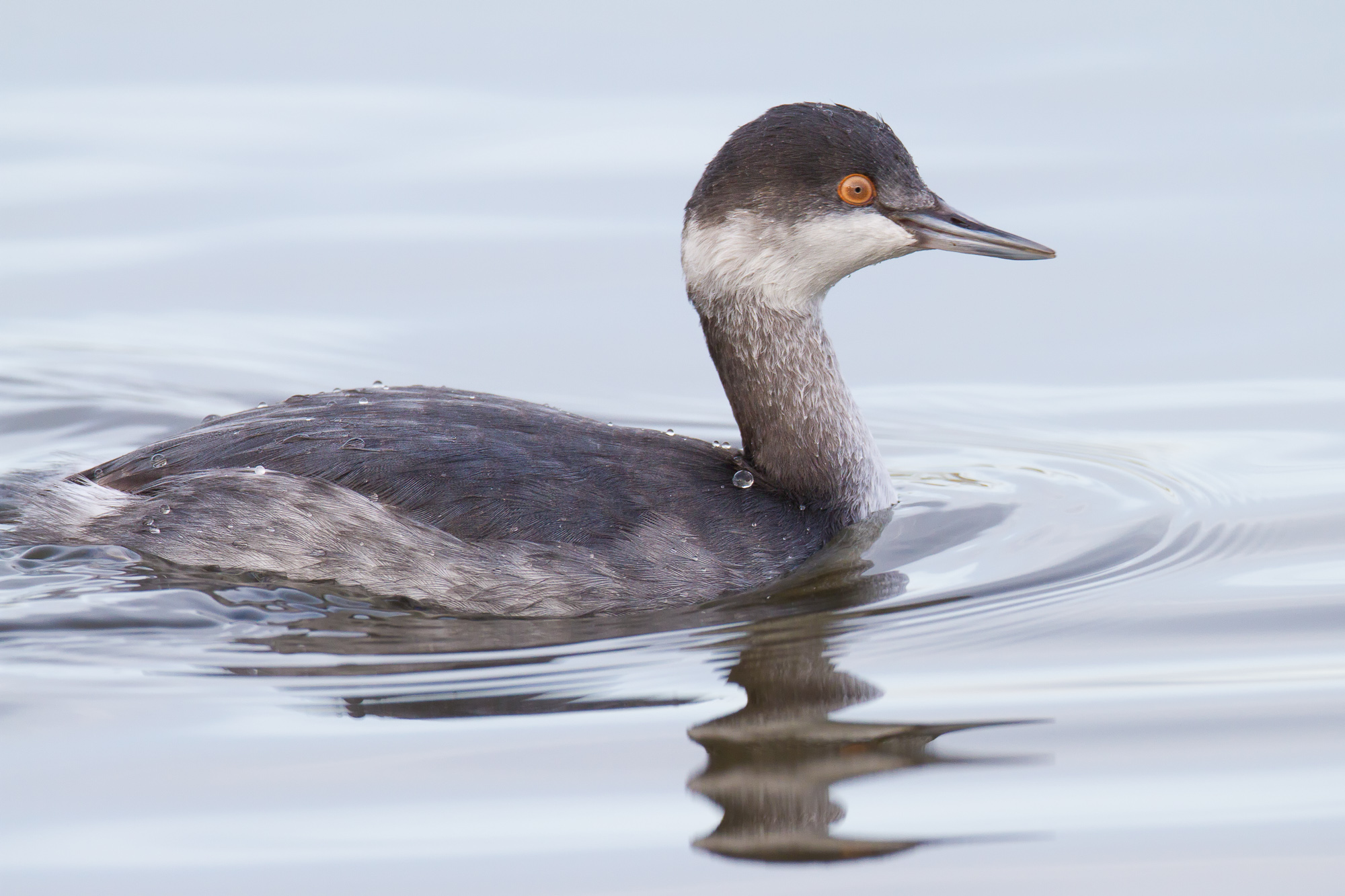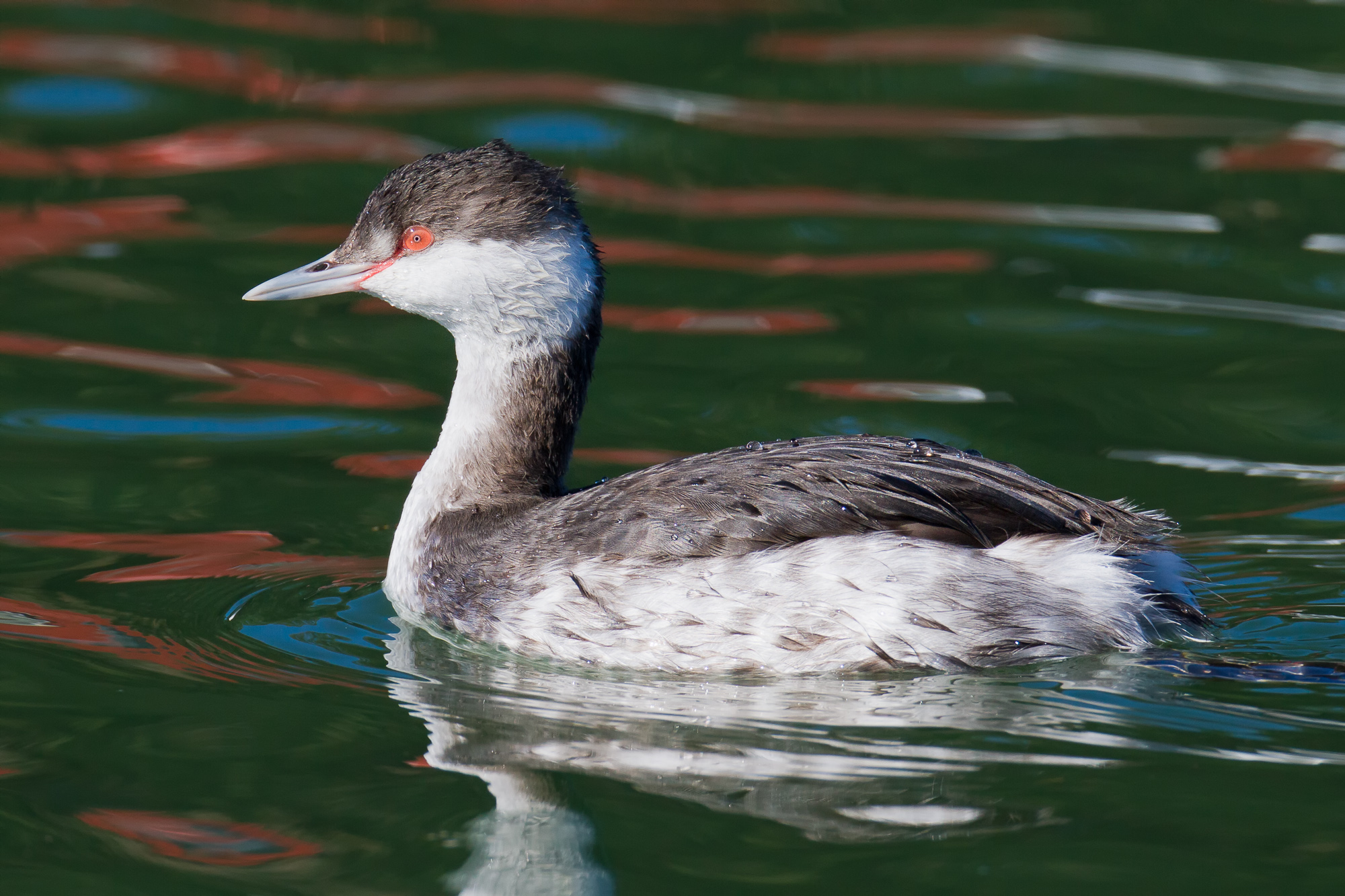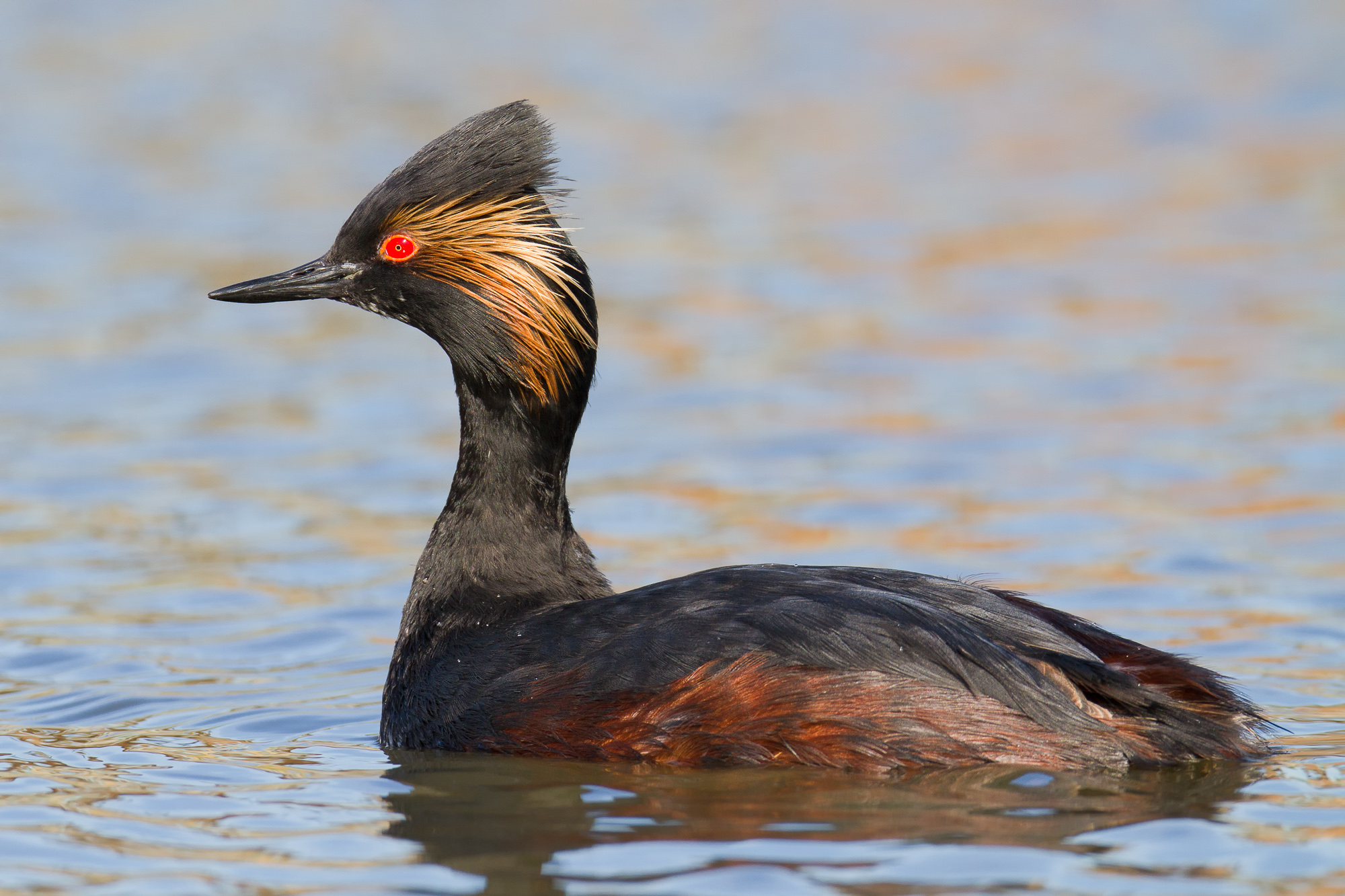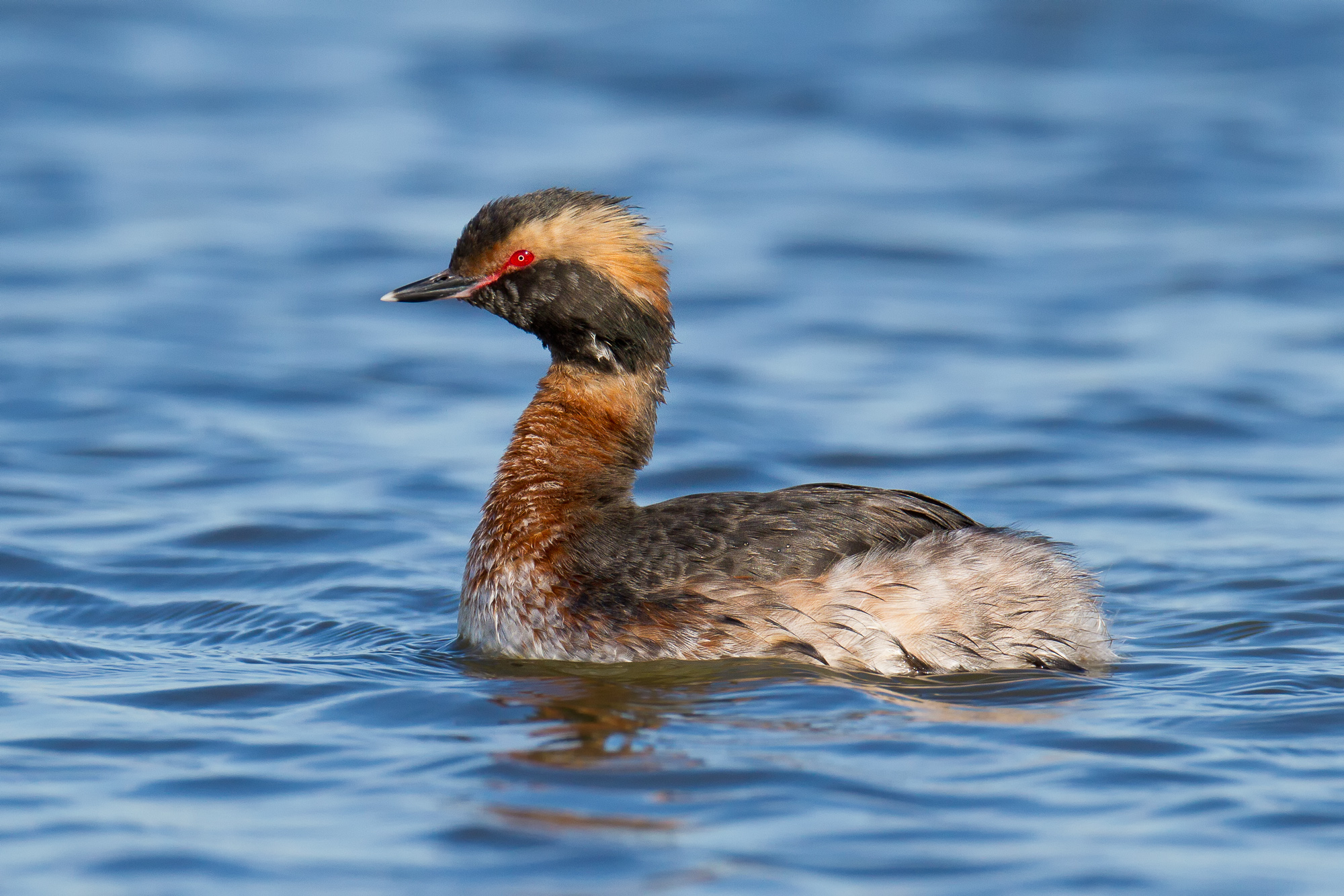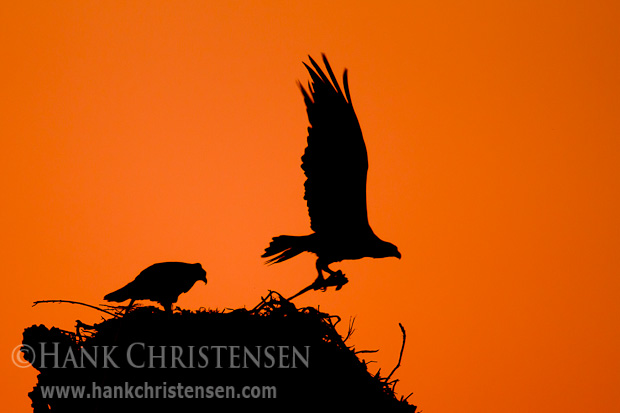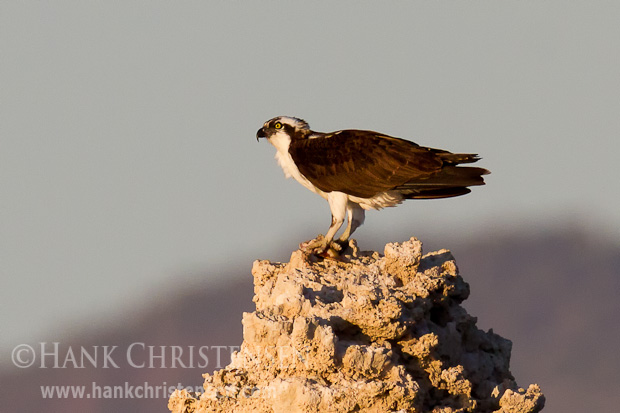Earlier this month I had the pleasure of attending a short three-day workshop with David Muench, one of this country’s preeminent landscape photographers. Assisting him was Jerry Dodrill, who spend his early professional photography career working for Galen Rowel. It was great to catch up with both of them, and see some of the best that the eastern Sierra has to offer in the spring. It was a busy three days, during which I averaged about four hours of sleep per night. I spent a few days on either end of the workshop to meet up with friends and do a little exploring on my own. Here are a few photographs from the trip.
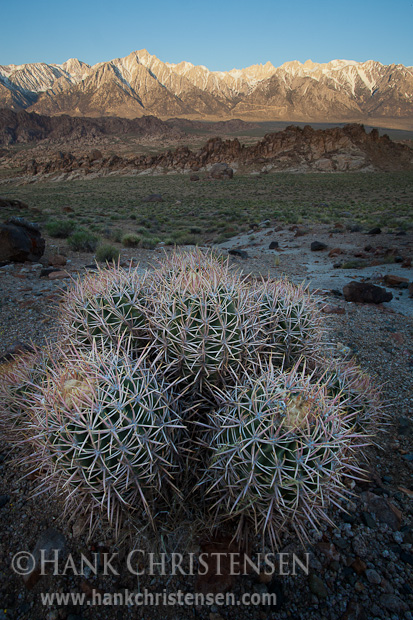
The photo above and directly below were taken in early morning in the Alabama Hills, just outside of Lone Pine. It is an area famous not only for the sheer face of the eastern Sierra and the multitude of arches that frame them, but also for the many movies made here. Recent films include Iron Man, Gladiator, and Gone In 60 Seconds. Driving out on the dusty dirt road after sunrise, we saw two women walking along the road. I did a double take as I saw one of them was Penny Marshall. Really weird place to see a Hollywood celebrity!
I love the barrel cactus growing in this area, and wanted to feature one using the backdrop of Mt. Whitney and Mt. Langley.
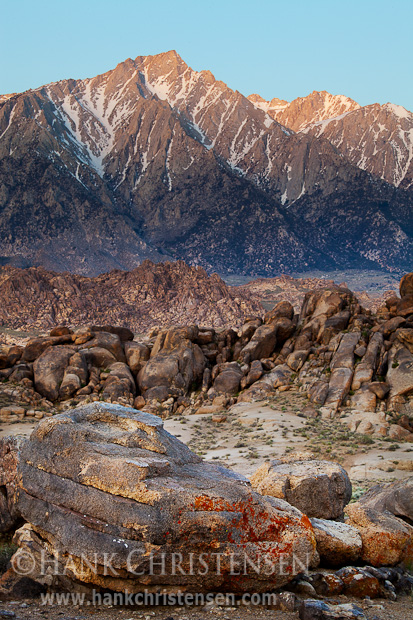
This photograph is a more straight-forward interpretation, using the layering of rock bands to lead up to Mt. Langley. The area offers infinite patterns of boulders and rocks, many of which can be composed into very strong photographs. This is one of many areas for which David Meunch is famous.
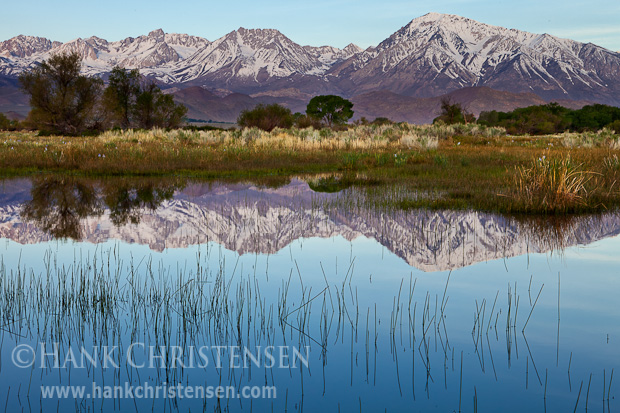
The mountains to the west of Bishop provide a dramatic backdrop for a variety of foreground locations and environments. The above photo used a small pond in a flooded field to create a reflection of Mt. Humphreys, Basin Mountain, and Mt. Tom (from left to right). The morning was clear with not a cloud in the sky (not a photographer’s best conditions for shooting!) The lack of wind was great for reflections, but the lack of clouds reduced the drama of the morning significantly. This is one of those examples of a great location with imperfect conditions. It is definitely a spot I hope to revisit and capture with more dramatic skies.
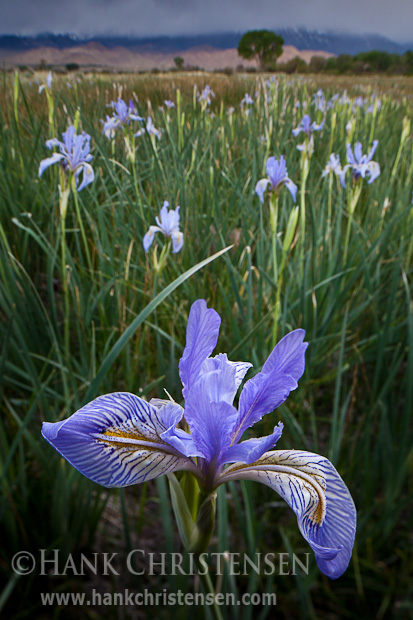
The flooded field also contained wild irises, which were just starting to come into bloom.
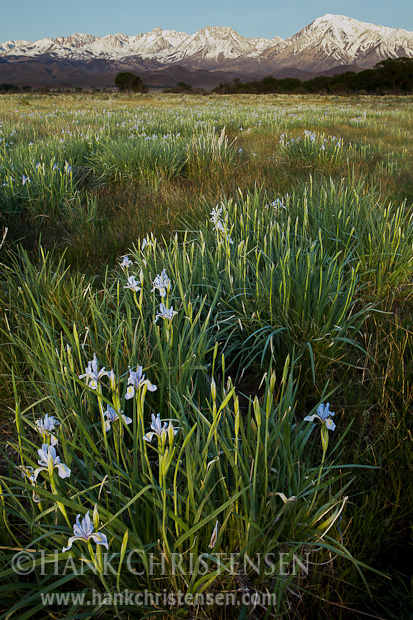
Our last evening brought a special sunset treat – a long line of lenticular clouds that formed above the Sierra crest had blown out over the Owen’s Valley. With strong winds out of the west, there was no cloud buildup in that direction, allowing the sun to light up the underside of the lenticulars at sunset. This phenomenon can happen regularly in the area due to the local topography, and has come to be know as the “Sierra wave”.
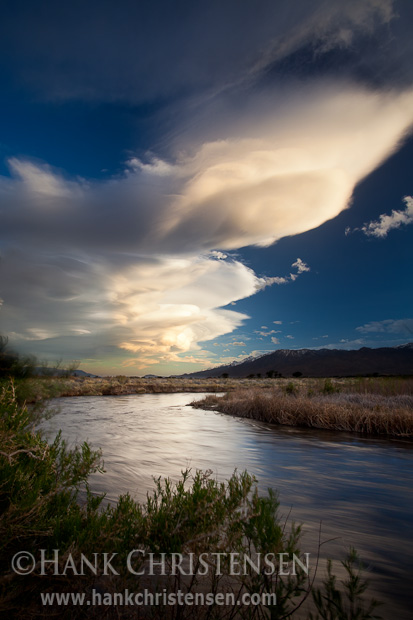
It was a great trip – I got to spend time with friends and meet some new ones. Although nature photography tends to be a “solo sport”, it can be great fun meeting up with like-minded people.

